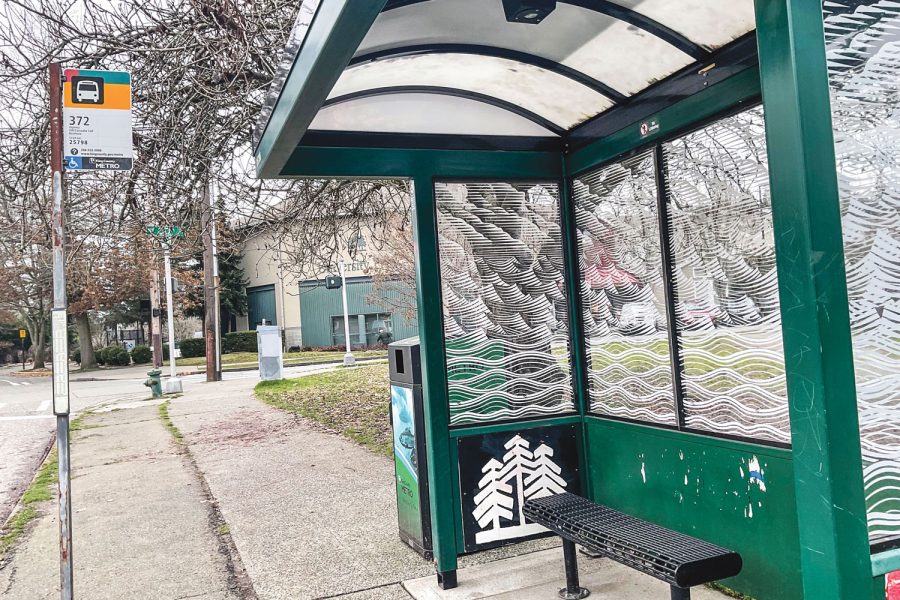Location and Transportation
Where students live and how it affects their commute
Photo: Toby Kelman
The bus stop at 25th and 80th
UPrep has students. Lots of students as in more than 600. And where these students live can affect their commute.
This map based on data in Veracross shows where students live. Students are concentrated in Seattle, with a few outliers in places such as north of Seattle and Bellevue. There is a large concentration of student homes immediately southeast of UPrep in what is Bryant, View Ridge, Wedgwood and Ravenna.
As you get further away people have to face more complicated decisions on how to get to school. Parents who have jobs with stricter schedules that start in the morning (such as doctors) might not have time to drive their children to school. They might have them take the bus. Other students might take the bus simply because they live near a bus stop.
6th grader Henry Cooke lives in the Capitol Hill/Montlake area. To get to school, he “takes the bus most of the time.” The 988 runs in that general area.
On the other hand seventh grader Johannes Li lives in Bothell.“There’s no bus,” Li said. Without a bus and being out of range of biking or walking, he will use a car. Driving a car is the most convenient but there are issues for middle school students who can’t drive and don’t have parents or older siblings who can drive them.
Location is only one of the many factors that influence how you get to school. Other factors include your parents’ socioeconomic status, the students’ own preferences and the weather. Everyone makes the decision of how to get to school based on what’s best for them. Support of different commutes can increase student diversity. According to the university prep home page People whose parents can’t drive them to school can receive financial support for transportation (or if they can pay the 1000$ a semester bus fee).


